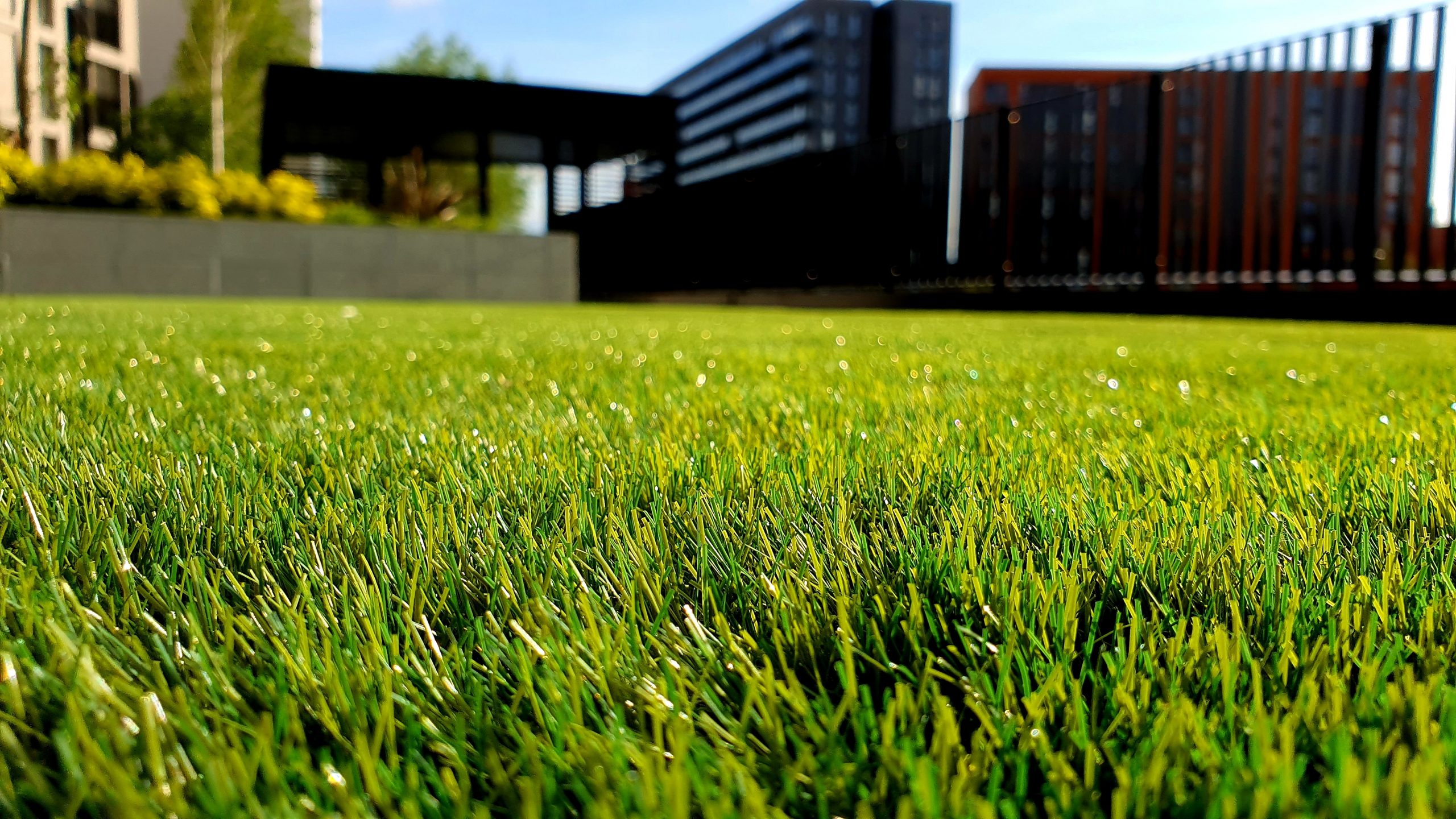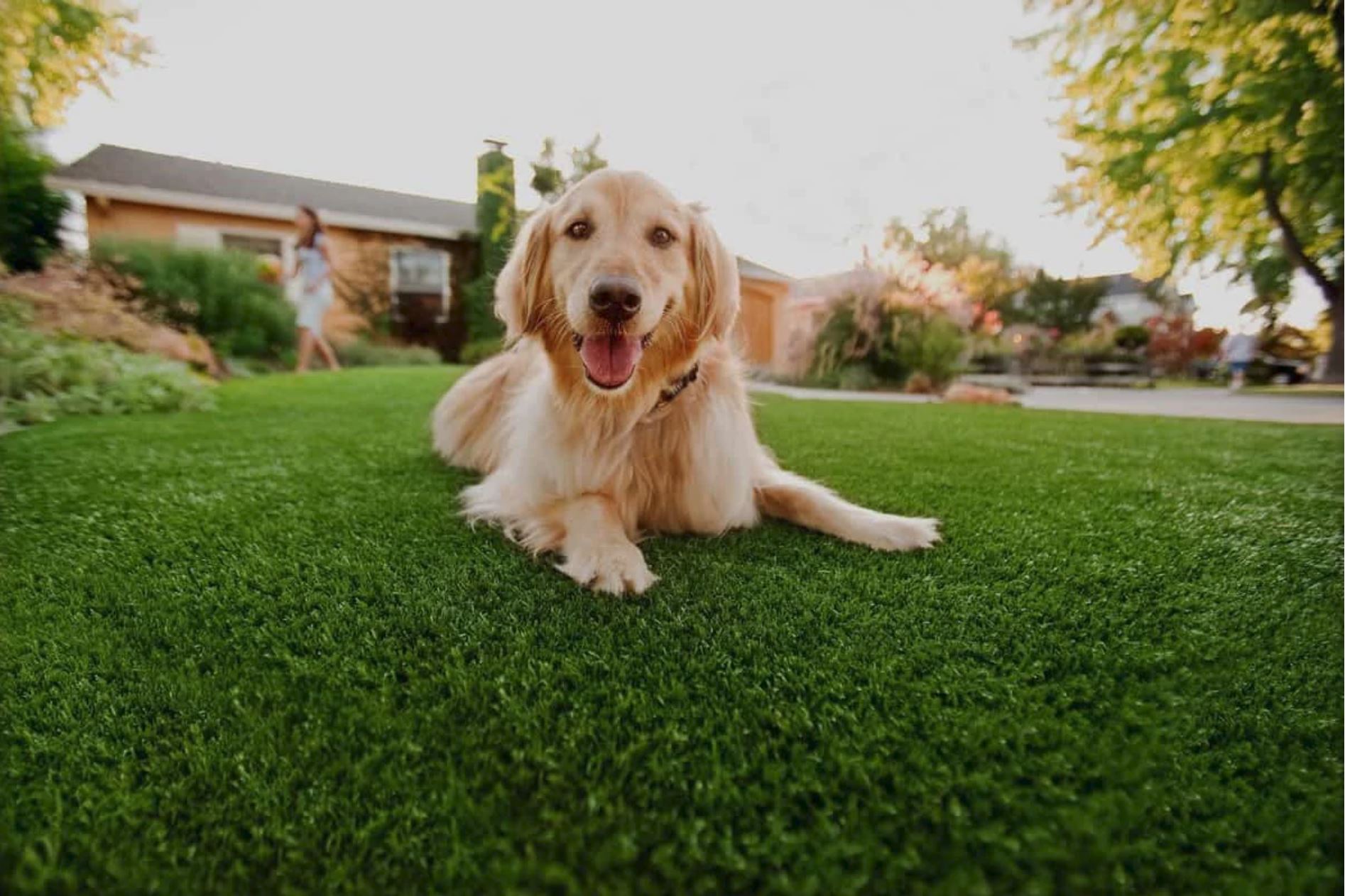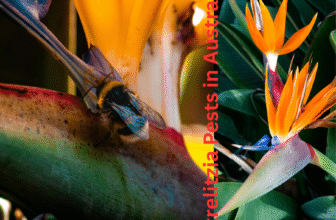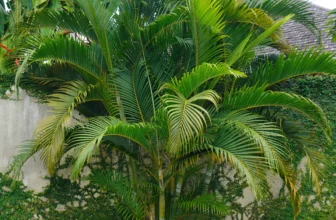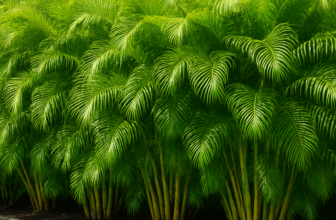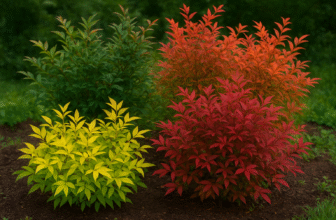The Perfect Solution for Dog Owners:
In recent years, pet turf has been a game-changer for pet owners. It offers an easy, low-cost way to maintain a yard. Pet-friendly artificial grass can handle digging, mud, and brown spots, making it a hassle-free outdoor space for pets. Gardengreen offers this Guide on how to Choose the Best Turf for Dogs.
Discover a detailed blog on Ultimate Guide to Artificial Grass—
Choosing the right one for your home can feel overwhelming with many artificial grass options. This guide will help you understand the pros and cons of natural grass versus pet turf. We’ll also explore the features of different Turf for dogs and their types so you can make an informed and confident choice for your yard.
Get ready to be inspired by this comprehensive guide. Gardengreen’s experts will disclose top ideas for selecting the finest dog artificial grass, resolving your mess, and comforting your favorite pet.

How to Choose the Best Artificial Grass
Artificial turf has clear advantages when comparing natural grass with artificial grass for pets.
Polyethylene: The most common, soft, durable, and natural-looking.
Polypropylene: A cheaper option, but it doesn’t handle heat well. It is commonly used in putting greens and base layers.
Nylon: The strongest and most expensive option, often stiff. It is mostly used for sports fields and golf greens.
Short Pile: Ideal for high-traffic areas, it stays flat longer and is easy to clean.
Tall Pile: Provides a lush, natural appearance but may flatten in areas with heavy use.
With these terms in mind, you’ll be ready to choose the best artificial grass for your home and dogs.

When choosing artificial grass for your pets, it’s important to find options that offer extra features for their comfort and safety. Here’s a detailed guide on what to look for:
1. Turf Backing
- Primary Backing: This is the first layer of the artificial grass, made from a woven polypropylene grid or netting. It’s where the grass fibers are sewn in.
- Secondary Backing: This layer is attached to the back of the primary backing. It helps keep the grass fibers securely in place.
- Backing Weight: The combined weight of the primary and secondary backing affects how well the turf stays in place and resists stretching or buckling. Look for turf with a backing weight of at least 26 oz. to ensure durability.
2. Pet Turf Drainage
- Importance of Drainage: Artificial grass needs good drainage to be practical for pets. This means water and pet urine should pass through the grass, the base, and the soil below. Proper drainage prevents issues like bacteria, mold, and bad smells.
- Cleaning: To maintain your artificial grass, pick up any solid waste and hose off the area to wash away liquids. The turf can become a breeding ground for unwanted bacteria and odors without proper drainage.

Types of Turf Drainage Systems
- Hole-Punched Backing: This type of backing has small holes that allow liquid to drain through. It’s good for areas with less rainfall but may not be ideal if you don’t clean it frequently, as liquids can pool and cause odors.
- Fully Permeable Backing: This backing allows liquids to drain quickly and completely, which is great for wet climates or high-traffic areas. It prevents standing water and helps keep the turf clean.
- DUAL FLOW Hybrid Backing: This advanced backing combines features of both hole-punched and fully permeable backings, allowing maximum drainage efficiency. It can handle large amounts of water, making it a top choice for homes with pets.
Focusing on these features can help you choose the best Turf for dogs, ensuring that it is durable, easy to maintain, and comfortable for them to enjoy.

1. Hole-Punched Backing
- Description: This type of backing has small holes about 6 inches apart, similar to a colander. These holes allow liquid to drain through and into the soil.
- Drainage: It can handle about 50 inches of water per hour, which works well in dry climates with minimal precipitation.
- Cost: It’s the most affordable option.
- Drawbacks: Because liquid can pool between the holes, this backing might not be the best for dog owners. Urine and odors can build up if you don’t clean the turf frequently.
2. Fully Permeable Backing
- Description: This backing is completely open and allows water to drain away quickly. It’s ideal for areas with heavy rain or where water tends to collect.
- Drainage: It can drain around 250 inches of water per hour, making it much more efficient than hole-punched backing.
- Benefits: This backing is better for pet owners because it lets urine drain away quickly and reduces odor buildup.
3. DUAL FLOW Hybrid Turf Backing
- Description: This advanced backing combines the features of fully permeable and hole-punched backings. By integrating both systems, it provides superior drainage.
- Drainage: It can handle 1,500 to 2,000+ inches of water per hour, making it the best choice for maximum drainage.
- Benefits: The DUAL FLOW backing offers excellent drainage and is great for homes with pets due to its effective moisture control.
The cost of installing pet turf mainly depends on the size of your yard. To get an estimate, measure your yard’s area and use a cost calculator to see your expected expenses. While the price might seem high initially, remember that artificial grass can pay for itself within a few years through savings on water, maintenance, and other lawn care costs.

What to Consider When Choosing Pet Turf
To pick the best artificial grass for dogs, keep these key features in mind:
- Foot and Paw Traffic
- Durability: Choose turf that can handle heavy use from pets and children. Look for high-density products with a heavy face weight for better durability.
- Infill and Installation: Ensure you have enough infill and that the turf is installed correctly by an experienced team.
- Resilient & Springy Fibers
- Fibre Quality: Good turf fibers should bounce back after being walked on, keeping the lawn looking full and vibrant.
- Maintenance: Use a Power Broom or turf rake a few times a year to keep fibers upright and looking fresh.
- Realistic Appearance
- Colour and Texture: Choose turf that matches the look of natural grass in your area. Opt for a tall pile height with adequate thatch and infill to create a lush appearance.
- Balance: Consider the pile height for foot traffic. Taller fibers look great but can flatten over time. Regular maintenance will keep your turf looking its best.
- Reliable Installation
- Choose a Trustworthy Installer: Select a reputable installation company to ensure your artificial grass looks great and lasts. Check reviews and ask for detailed information about their products and installation process.
